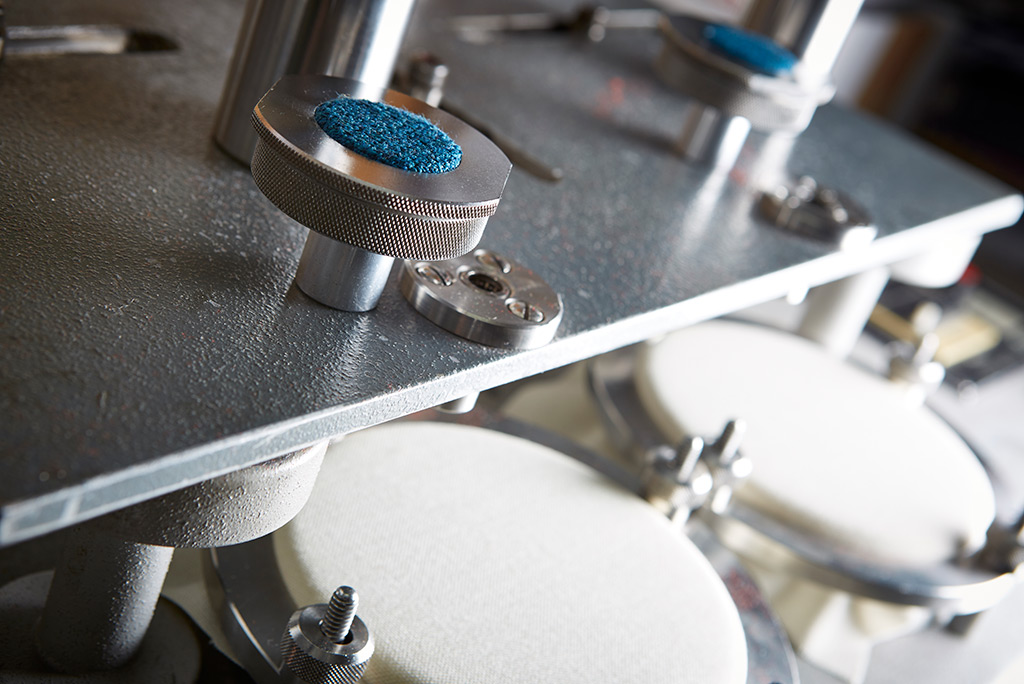By Simon Burnett-Boothroyd, Hainsworth Sales and Innovation Executive.
In July this year, I will be flying to Australia to take part in the discussions of a global standards committee with the not so catchy title of “ISO TC 94 SC 14”.
In addition to this particular ISO (International Organization for Standardization) committee, I also sit on PPE firefighter clothing committees for BSI (the UK’s National Standards Body) and CEN (the European Committee for Standardization).
As a leading manufacturer, Hainsworth was invited to join each of the committees, and sits alongside academics and, most importantly of all, the end users. Indeed, such is the heritage of Hainsworth in firefighting PPE, the company was actually involved in the origination of some of the standards committees.
The impetus for the creation of standards committees came about because of concerns over the quality of some performance products entering the global firefighting market which, over the years, had been linked to certain fatalities.
The King’s Cross fire of 1987 was one of the most significant milestones on the road towards the advancement and better standardisation of firefighter PPE.
With the publication of the EU Directive on PPE in 1989, the PPE market in the EU was opened and harmonised and gave rise to the creation of European Standards. This led to the introduction of European Standard EN 469 “Protective Clothing for Firefighters” which enshrined in law the need for garments to undergo a number of tests to ensure they provided adequate protection against both radiant and convective heat. In addition, they must also meet the requirements for resistance against water penetration and tearing. As a manufacturer, it is our role to find the right balance between maximum protection as well as durability, comfort and breathability.
The work of the committees can be fascinating and, due to the nature of modern technologies, fast changing. It is our responsibility to ensure that the products available in the market do what they say they do and that we are as sure as we can be that every time a firefighter puts on his kit it will perform to the required standard.
The modern PPE is so far removed from the woollen tunics that were still being worn by firefighters tackling the blaze at King’s Cross more than 25 years ago. The kit is more integrated and intelligent than it has ever been which means that our firefighters are afforded the best possible protection. Because the levels of protection are so sophisticated it increases the importance of firefighters understanding what their kit will not allow them to do.
It is the role of standards committees to review published standards every five years to ensure that they remain totally relevant to the operational needs of firefighters in different parts of the world, whether they are structural or wildland.
As the international standards organisation, ISO is seeking to create global standards, while the National Fire Protection Association (NFPA), BSI, CEN and AS/NZS are focussed on ensuring that their standards totally meet the requirements of firefighters in their regions. The same is the case for other countries in the world, such as Japan and China, which have their own standards committees.
The meeting of “ISO TC 94 SC 14” in Sydney at the end of July will bring together more than a dozen countries and will be an opportunity to share knowledge from different parts of the world and ensure that the ISO standards for firefighters’ personal equipment meet the needs of today’s firefighter.
Among the issues we have been evaluating in the past year is whether manikin testing of firefighter PPE should be adopted into the standard.
The committees on which I sit are working to ensure a level playing field for those whose job it is to develop modern firefighting PPE, while at the same time locking in genuine quality controls through published standards.
The consequences of not complying with PPE standards laid down by many of the world’s standards committees are severe with the threat of prosecution a very real threat.
One of the most important aspects of my job at Hainsworth is to get out and meet regularly with firefighters in the UK and abroad, explaining the rigorous processes the kit they are wearing has been through before it was ordered by their particular fire service. I explain the testing procedures all kit will have been through, how it has been tested to destruction and, perhaps most importantly of all, what their kit can – and cannot – do.
When the “ISO TC 94 SC 14” committee convenes, each member will be in no doubt about the responsibilities that have been entrusted to them. Central to every discussion we have and decision we make will be the need to ensure that firefighters across the globe are wearing PPE kit which will enable them to return home safely to their loved ones at the end of every day.
